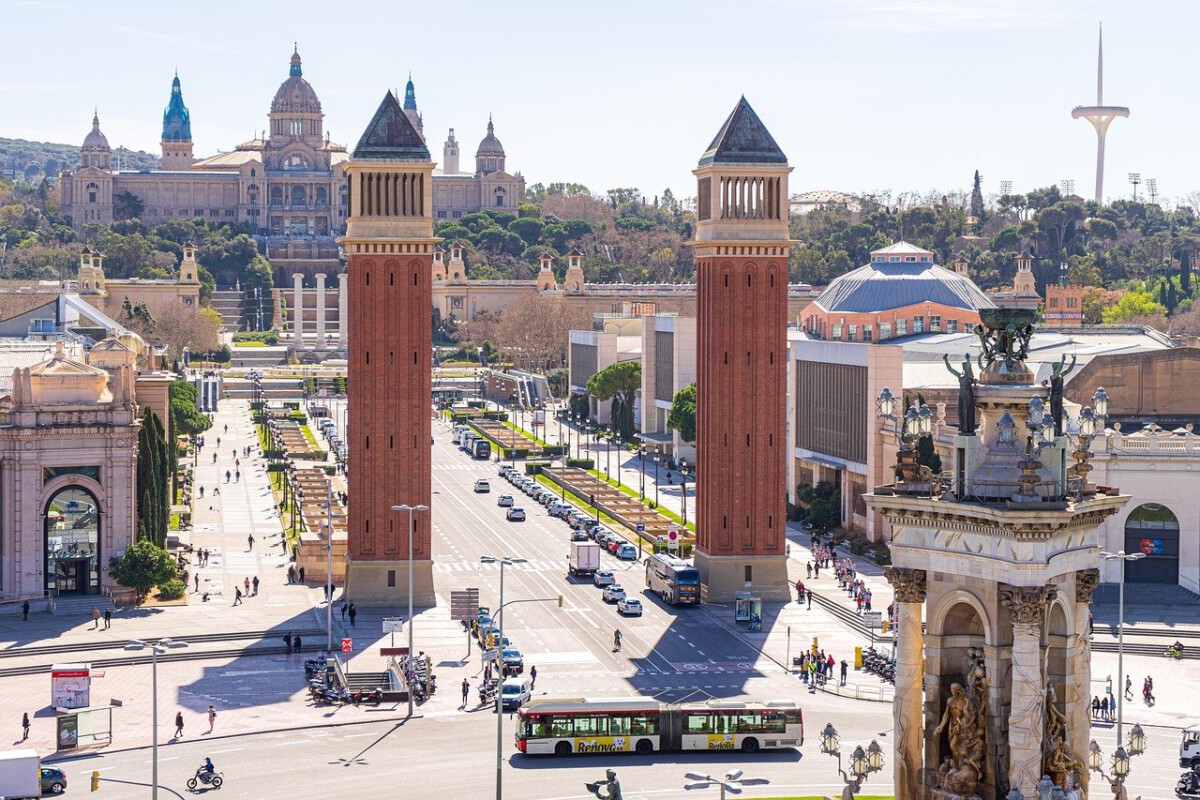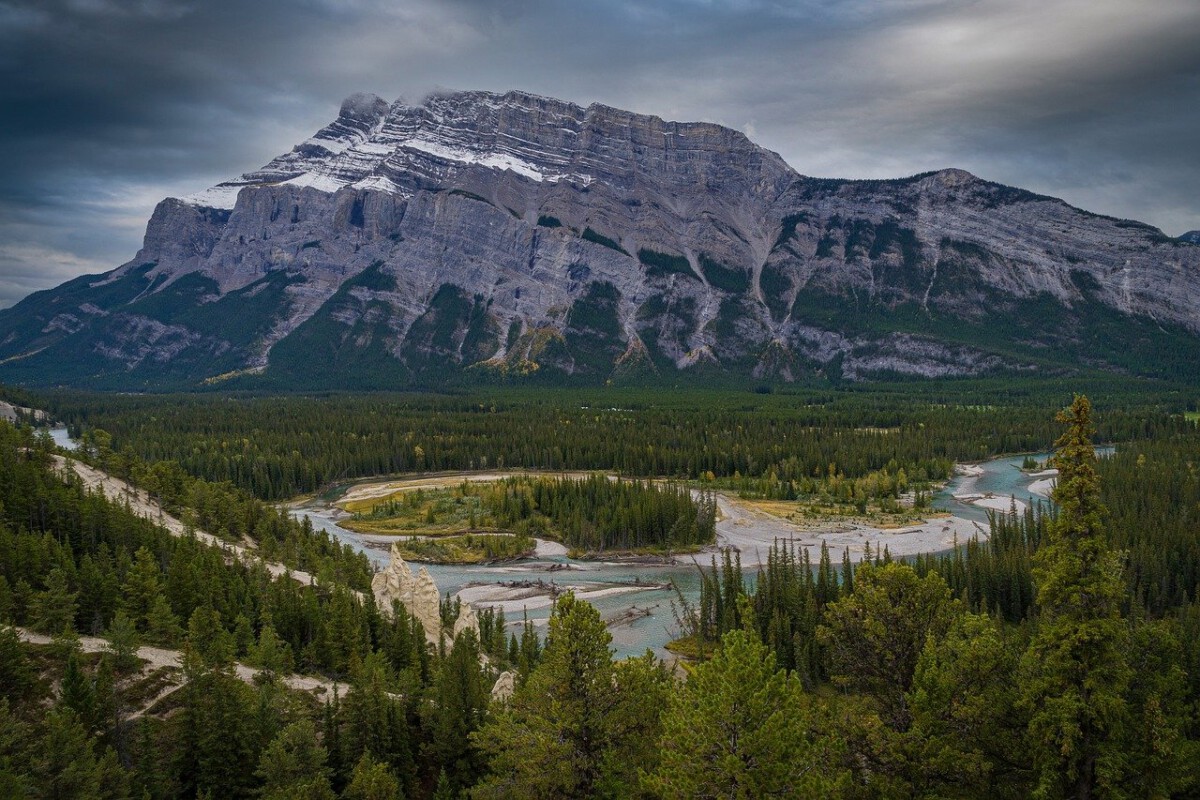1. Asheville, North Carolina: The New Culinary Capital
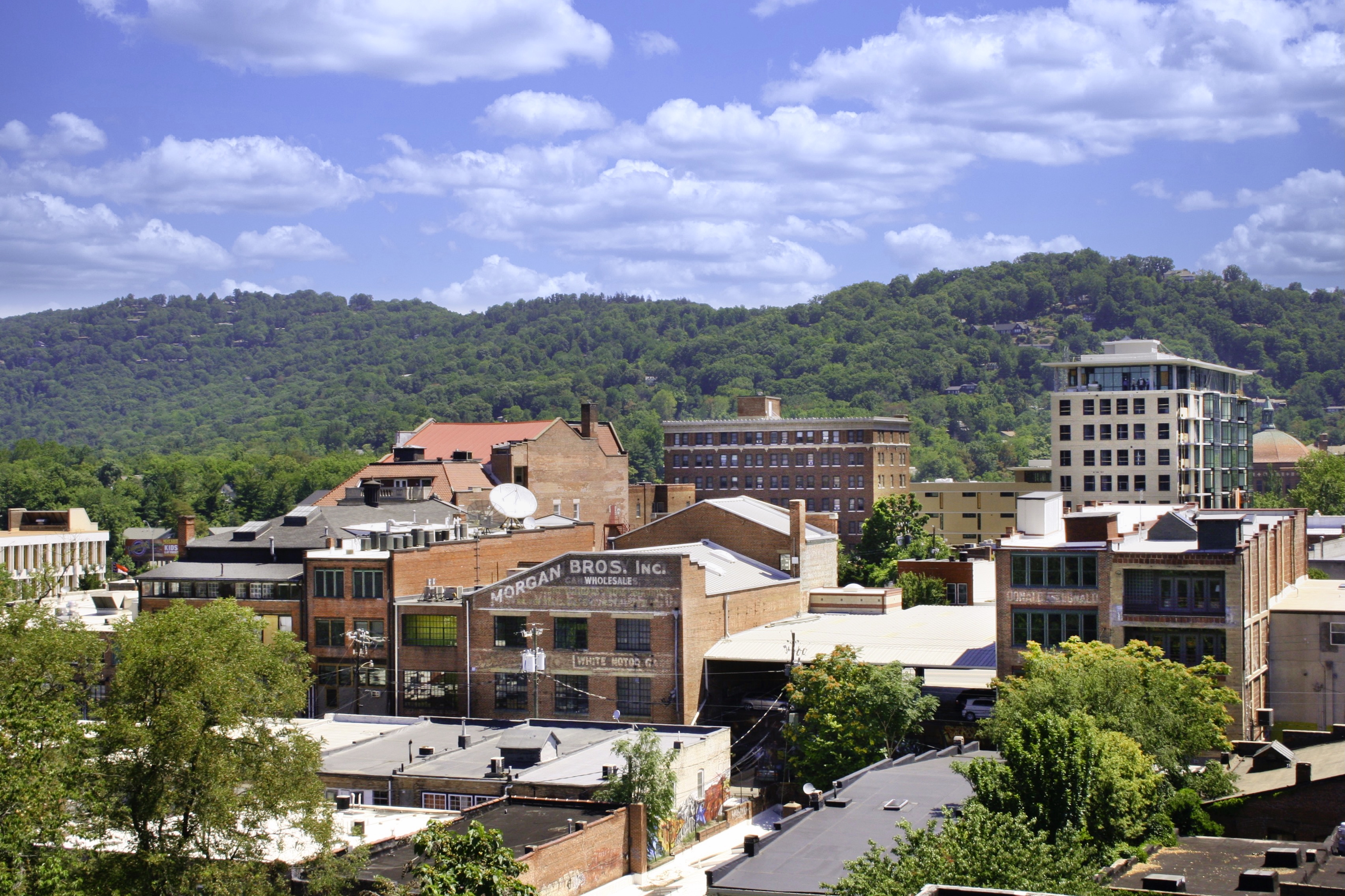
Asheville is commanding attention in 2025 for its booming culinary scene and breathtaking natural landscapes. According to the James Beard Foundation, Asheville chefs received a record number of nominations this year, with four local restaurants making the prestigious national semifinalist list. The city’s downtown now boasts over 75 independent eateries, many emphasizing farm-to-table Southern cooking. Asheville’s craft beer scene is also flourishing, with 40 breweries within city limits and several new openings in 2025. The Blue Ridge Parkway, which celebrated its 90th anniversary this year, attracted more than 16 million visitors in 2024, cementing the region’s reputation for scenic drives and outdoor adventure. Hotel occupancy rates have soared, with an average of 82% during peak months, reflecting the city’s surging popularity. Events like the Asheville Art Museum’s expanded exhibitions and the River Arts District’s spring festivals are drawing record crowds. The combination of food, art, and nature makes Asheville a must-see in 2025.
2. San Diego, California: Coastal Innovation and Sun
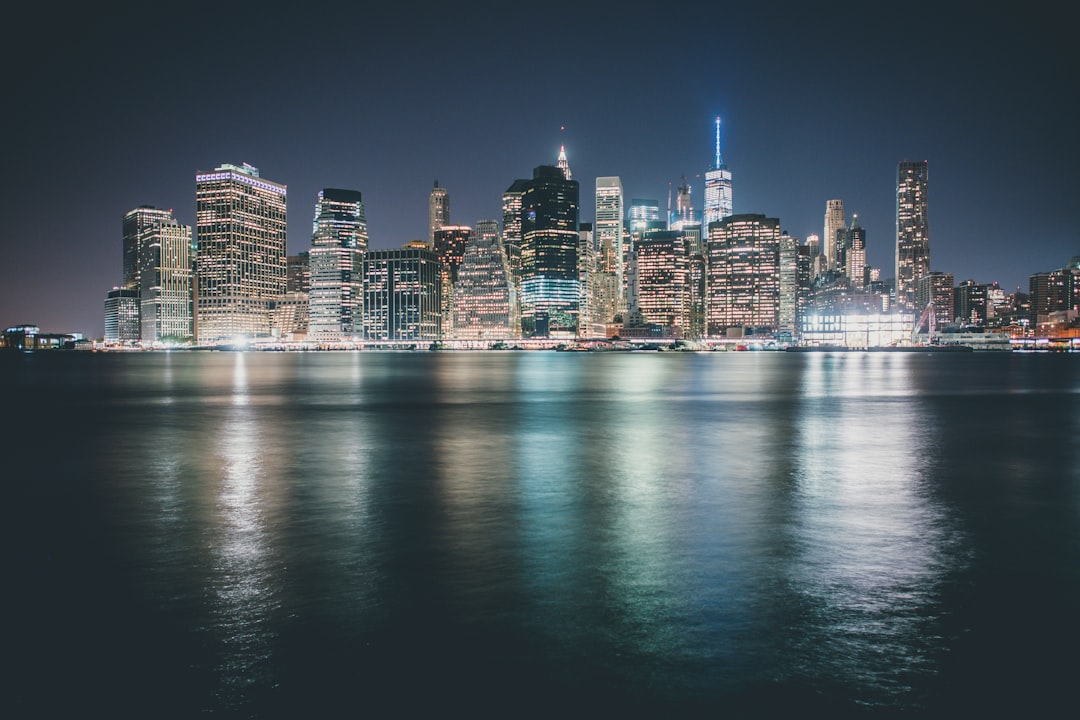
San Diego continues to shine in 2025, offering more than just idyllic beaches. The city’s Embarcadero waterfront received a $200 million facelift, debuting in March with new green spaces, restaurants, and interactive art installations. According to Visit California, hotel bookings in San Diego for spring 2025 are up 11% year-over-year. The city has also expanded sustainable tourism initiatives, with over 60% of hotels now certified green. Families flock to Balboa Park, where the Museum of Us reopened in January after a major renovation, featuring immersive exhibits on global cultures. Surf enthusiasts are celebrating the recent designation of La Jolla as a World Surfing Reserve, one of only twelve worldwide. Meanwhile, the Gaslamp Quarter’s nightlife scene is thriving, with the addition of several rooftop bars and live music venues in 2024 and 2025. San Diego’s blend of sun, surf, and innovation cements its place as a top destination.
3. Charleston, South Carolina: Historic Charm Meets Modern Luxury
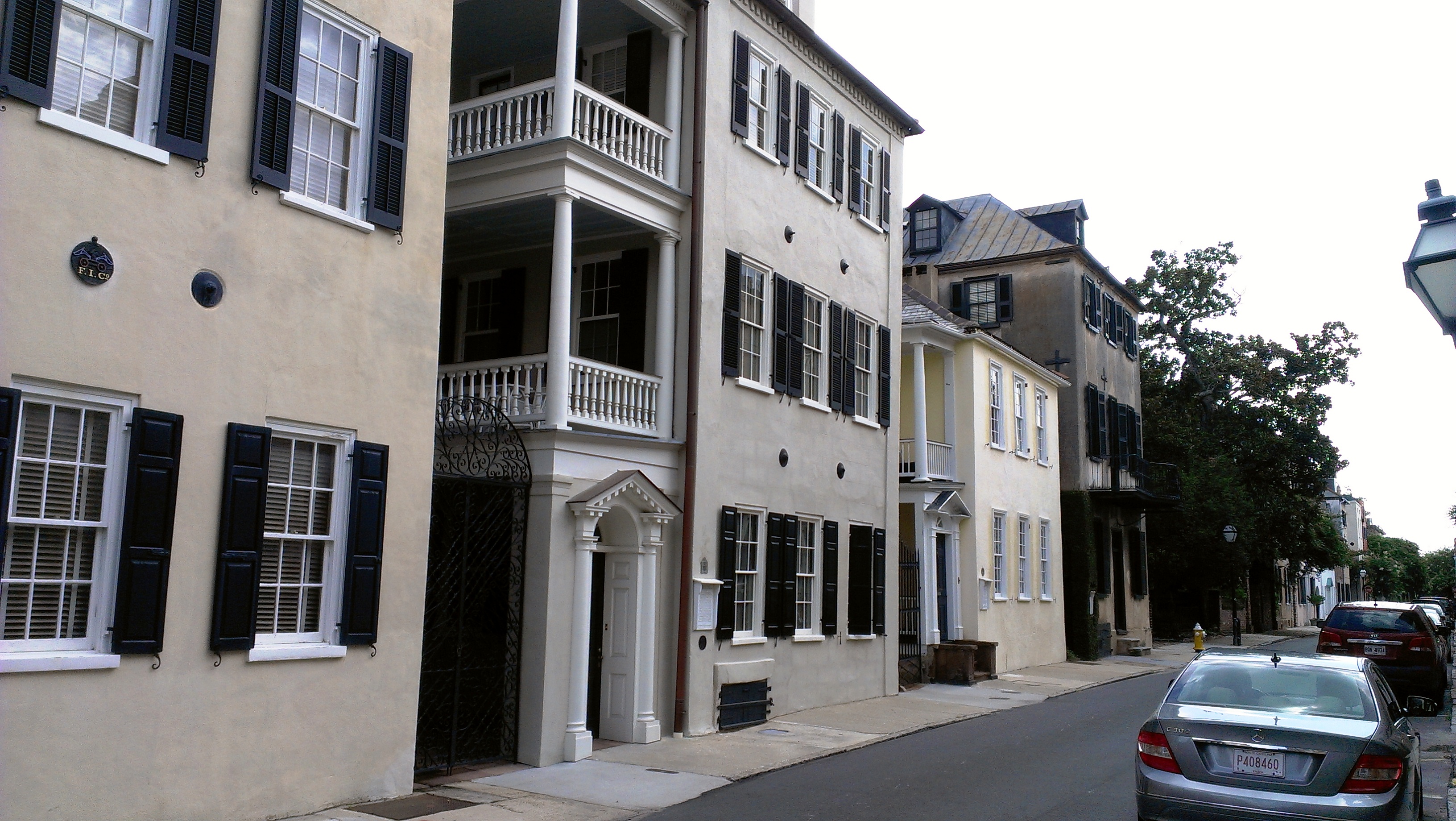
Charleston’s historic streets and antebellum architecture are more captivating than ever, but the city isn’t resting on its laurels. In 2025, Charleston welcomed the International African American Museum, which opened its highly anticipated genealogy research center in February. Visitor numbers have surged, with the Charleston Area Convention and Visitors Bureau reporting a 13% increase compared to early 2024. New boutique hotels, including the much-talked-about Loutrel and Pinch, have set new standards for Southern hospitality. The city’s renowned food scene saw Husk and FIG ranking among the top 10 U.S. restaurants in a 2025 OpenTable survey. Carriage tours and harbor cruises remain popular, while the expanded Waterfront Park now features digital art projections and an award-winning children’s playground. Charleston’s unique blend of history and modern luxury is drawing travelers seeking both culture and comfort.
4. Glacier National Park, Montana: The Wild Frontier Reimagined
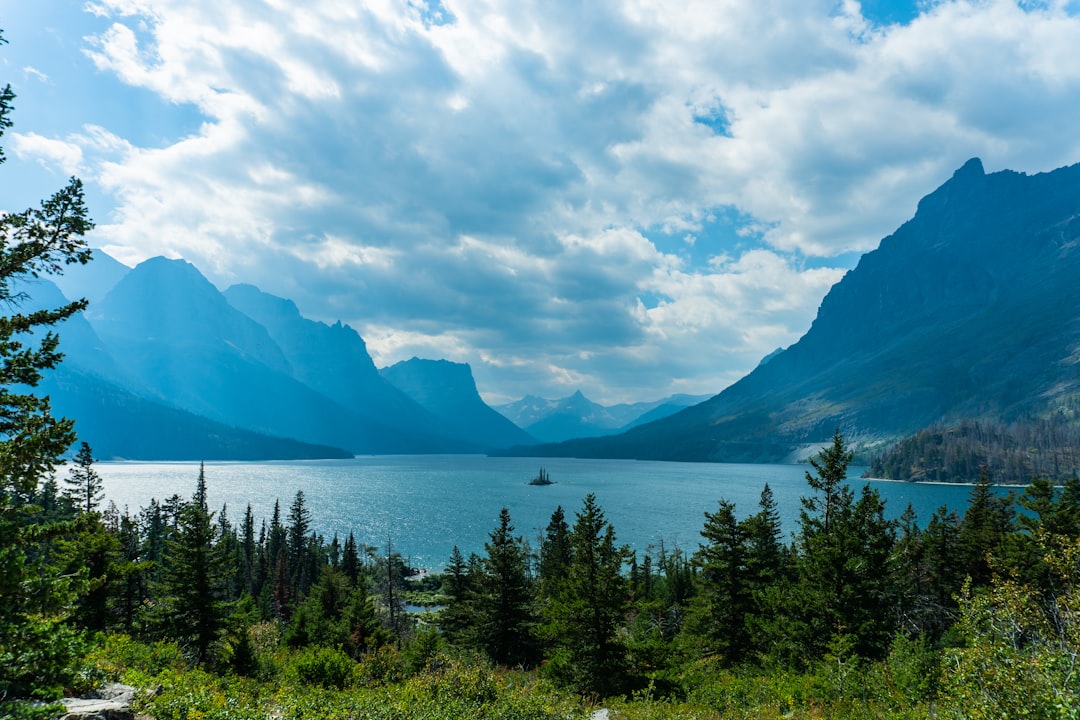
Glacier National Park is experiencing a renaissance as travelers seek untouched wilderness. In 2024, the park reported its highest visitation since 2017, with over 3.2 million guests, according to the National Park Service. This year, Glacier implemented a new timed-entry system to protect fragile ecosystems, which has successfully reduced congestion by 28%. The iconic Going-to-the-Sun Road reopened early this season after a record mild winter, granting visitors longer access to the park’s famed vistas. Wildlife sightings, including grizzlies and mountain goats, are at a 10-year high, thrilling nature lovers. Glacier’s historic lodges, like Many Glacier Hotel, reported 100% occupancy for summer 2025 by January. The park’s Indigenous tourism initiatives, launched in late 2024, now offer guided tours by Blackfeet and Salish-Kootenai leaders, deepening visitor understanding. Glacier National Park’s raw beauty and evolving visitor experience set it apart in 2025.
5. Washington, D.C.: Monuments, Museums, and Modern Life
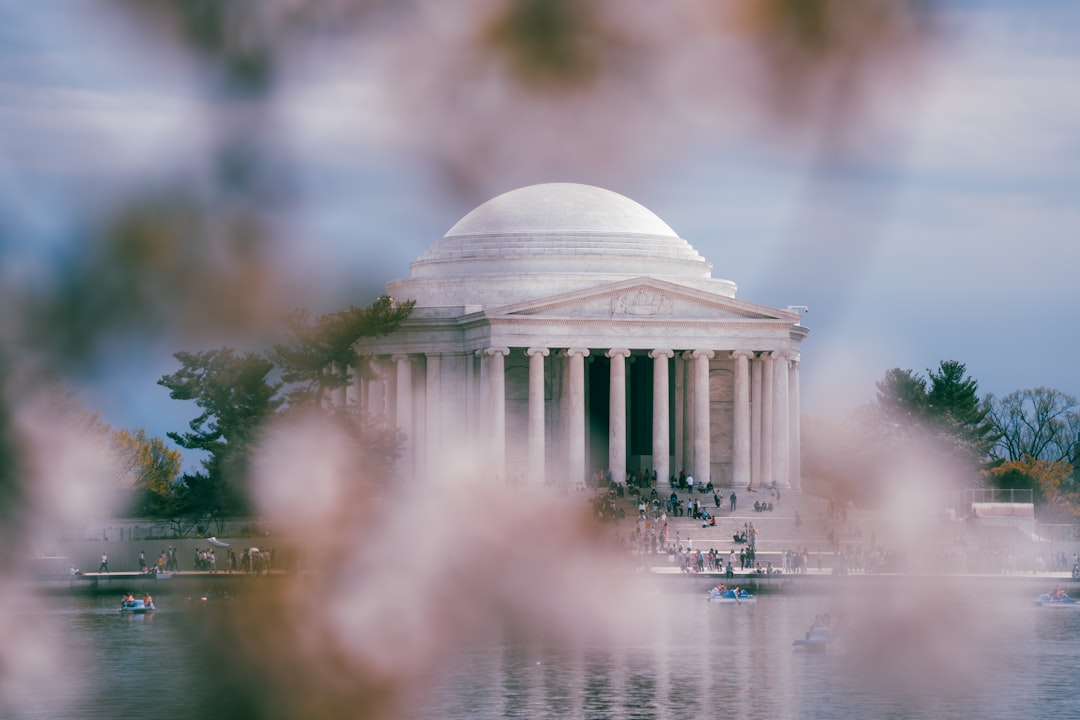
Washington, D.C. is enjoying a cultural boom in 2025, blending tradition with innovation. The National Mall’s cherry blossom season shattered records, drawing 2 million visitors in March, the highest since 2019. The Smithsonian’s National Air and Space Museum unveiled its completely reimagined galleries in April, featuring interactive Mars rover simulations and immersive planetarium shows. Hotel revenue per available room (RevPAR) rose 15% year-over-year, reflecting a surge in both business and leisure travel. The city’s Wharf district expanded with five new waterfront restaurants and a floating jazz club. D.C.’s Michelin Guide awarded stars to three new eateries, highlighting the capital’s dynamic culinary scene. Public transportation upgrades, including a new Metro line extension to Georgetown, have improved access to major attractions. The city’s fusion of history, culture, and modern amenities makes it a standout for 2025.
6. Sedona, Arizona: Red Rocks and Spiritual Renewal
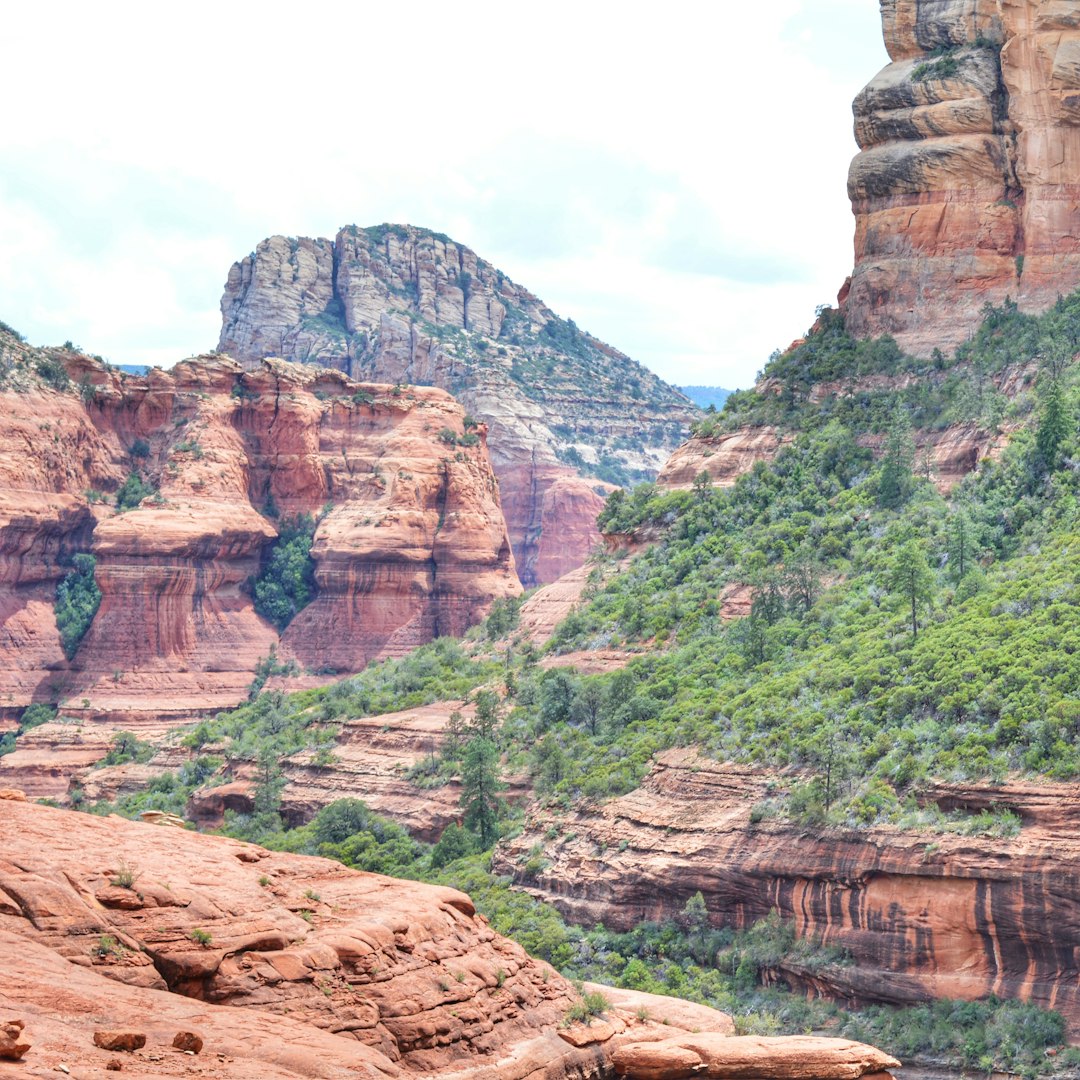
Sedona is captivating wellness travelers and adventure seekers alike. In 2025, the city’s tourism office reported a 19% increase in bookings for wellness retreats and spa packages. New luxury resorts, such as Ambiente and the Verde Valley Eco-Lodge, are setting benchmarks in sustainable hospitality. The city’s famous red rock trails, including Cathedral Rock and Devil’s Bridge, have been enhanced with new wayfinding systems and shuttle services to reduce traffic and protect fragile habitats. Sedona’s annual Yoga and Wellness Festival in April attracted over 15,000 attendees, a new record. Stargazing also saw a surge due to Sedona’s designation as a Dark Sky Community, with guided night tours filling up months in advance. Sedona’s blend of natural wonders and spiritual experiences is inspiring travelers to slow down and reconnect in 2025.
7. Chicago, Illinois: Urban Energy and Lakefront Revival
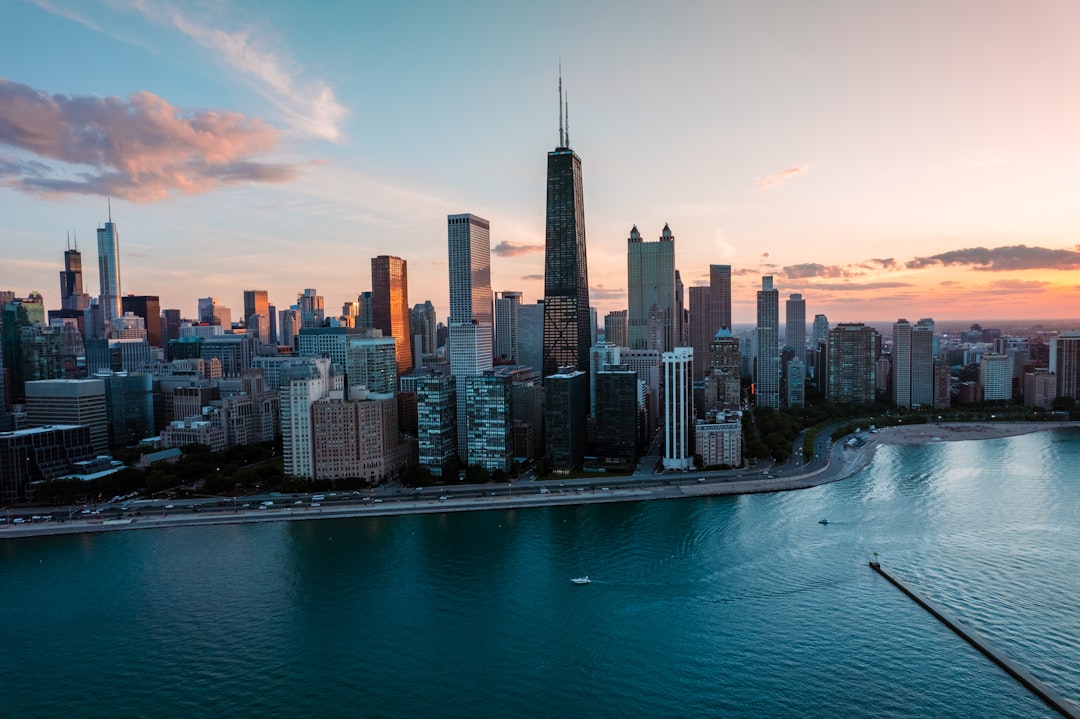
Chicago is making headlines in 2025 for its lakefront renaissance and world-class cultural events. The city’s $500 million Lakefront Trail renovation, completed in March, introduced new pedestrian bridges, art installations, and eco-friendly landscaping, drawing thousands daily. The Art Institute’s “Modern Masters” exhibition broke attendance records in April, with 300,000 visitors in its first six weeks. Chicago Restaurant Week expanded to feature 430 participating venues, showcasing the city’s diverse food scene. The theater district is thriving, with Broadway in Chicago reporting its highest ticket sales since 2016. Hotel occupancy in the Loop reached 87% during spring, driven by major conventions and the NBA All-Star Game hosted at United Center in February. Navy Pier’s new summer drone light shows are drawing crowds and media attention. Chicago’s blend of arts, events, and urban nature makes it a top pick for 2025.
8. Maui, Hawaii: Resilience and Regeneration
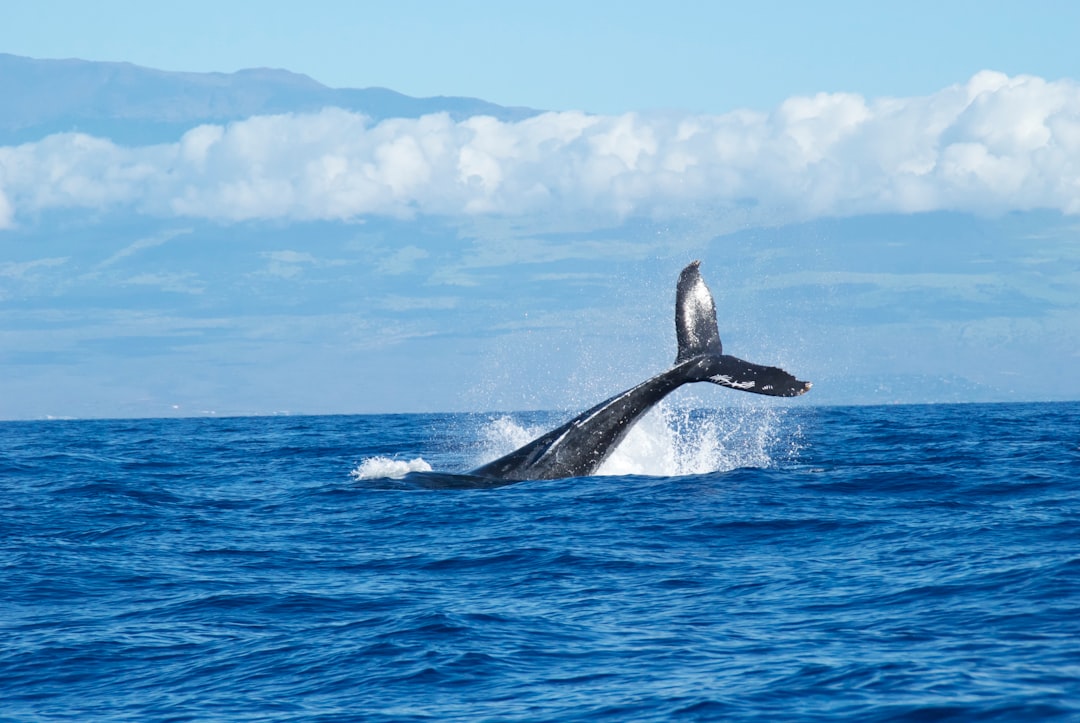
Maui’s story in 2025 is one of resilience after the devastating wildfires of 2023. The island’s recovery efforts have been remarkable, with more than 85% of hotels and resorts now fully operational, according to the Hawaii Tourism Authority. The iconic Lahaina Banyan Tree, once thought lost, is showing new growth and has become a symbol of community strength. Visitor arrivals rebounded, with March 2025 numbers only 6% below pre-fire levels, and tourism revenue is projected to reach $4.1 billion by year’s end. New eco-friendly tours and volunteer-based travel programs allow visitors to aid in restoration while enjoying Maui’s stunning beaches and waterfalls. The Maui Ocean Center’s expanded “Coral Rescue Lab” opened this year, highlighting local marine conservation. Maui’s blend of natural beauty and heartfelt recovery efforts makes it an inspiring destination to experience firsthand in 2025.

